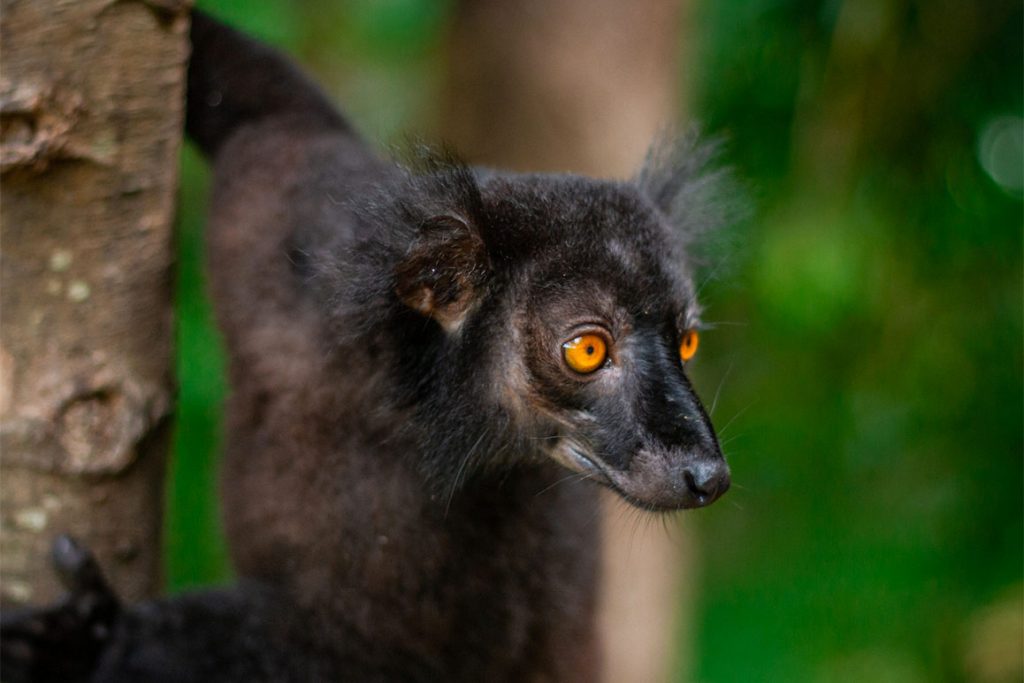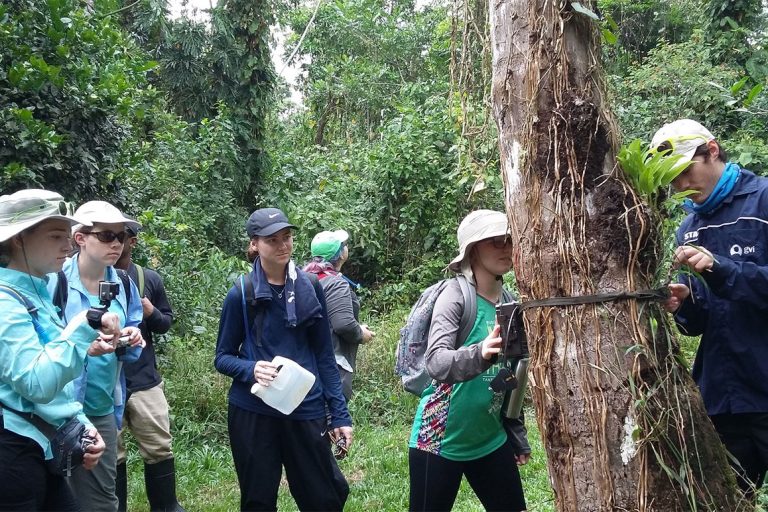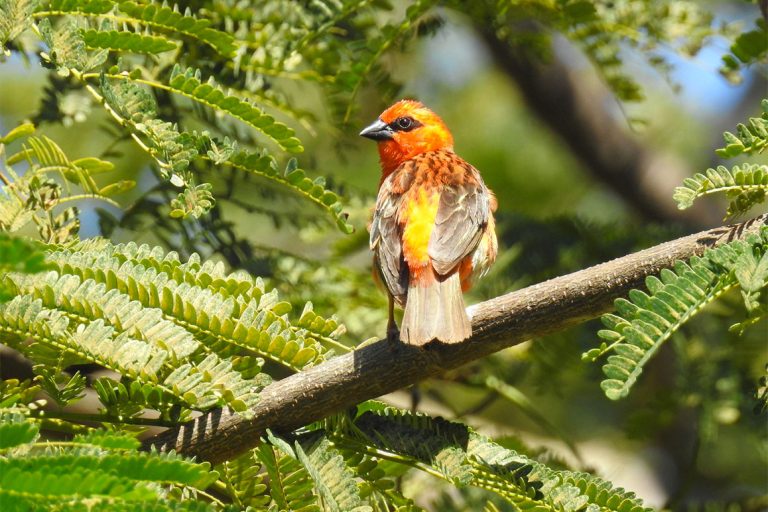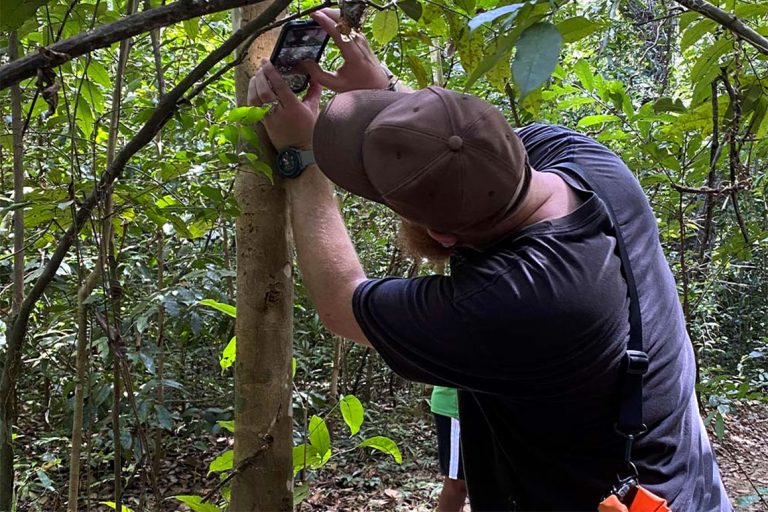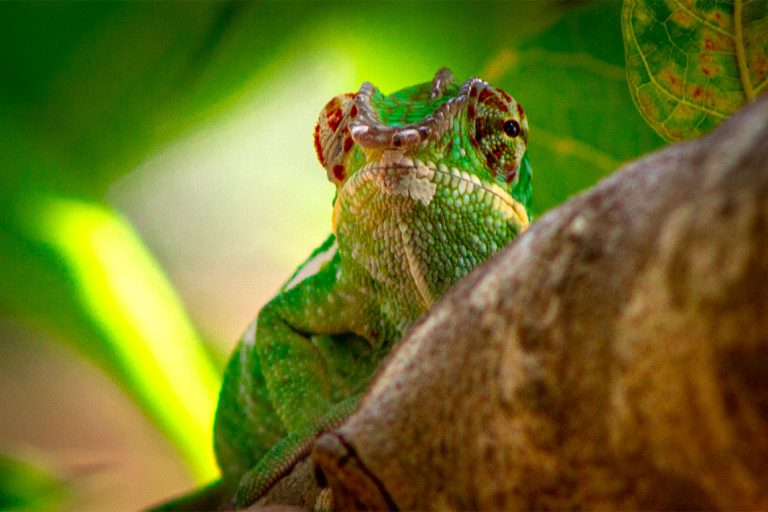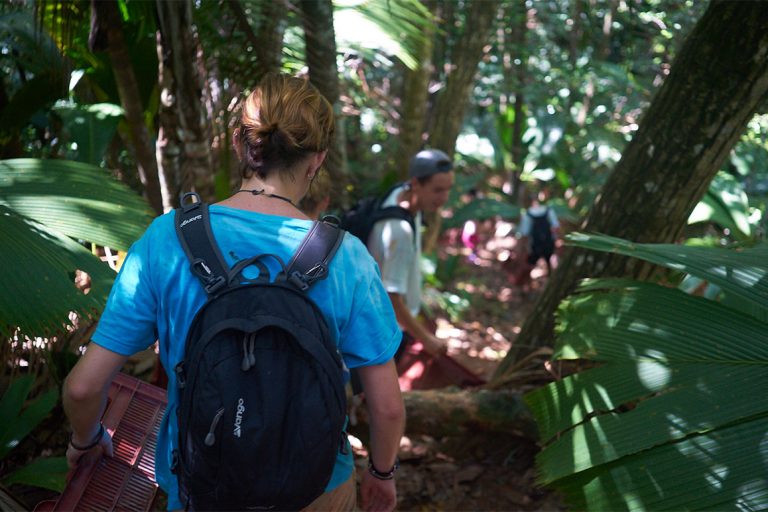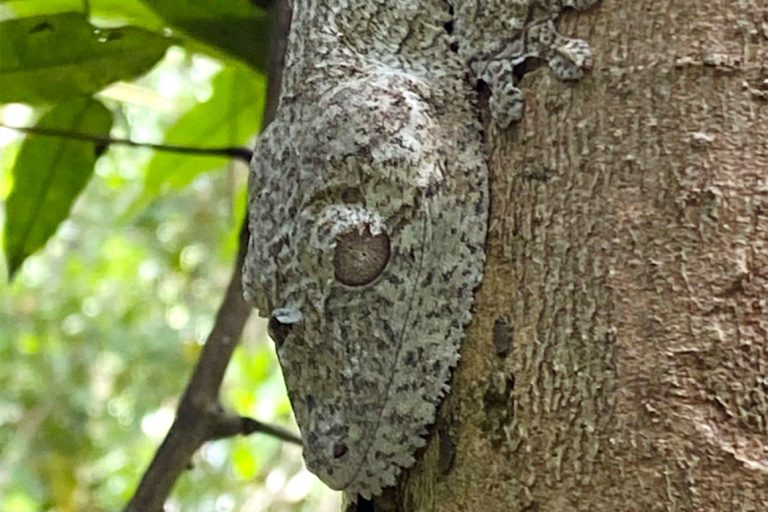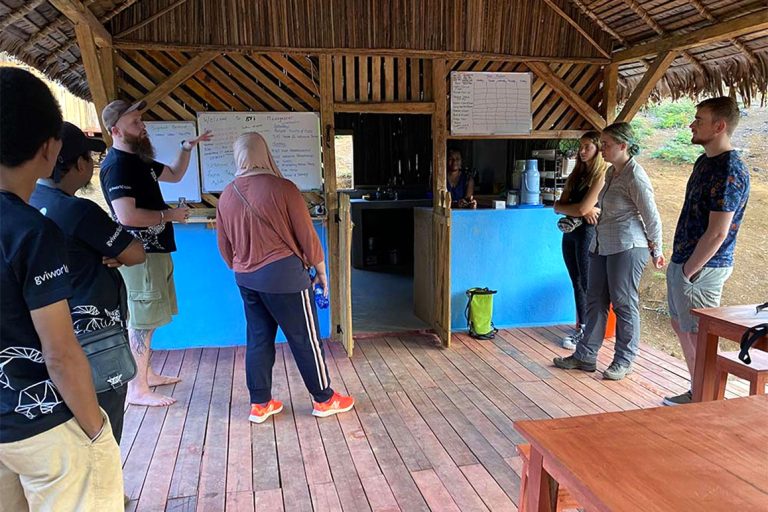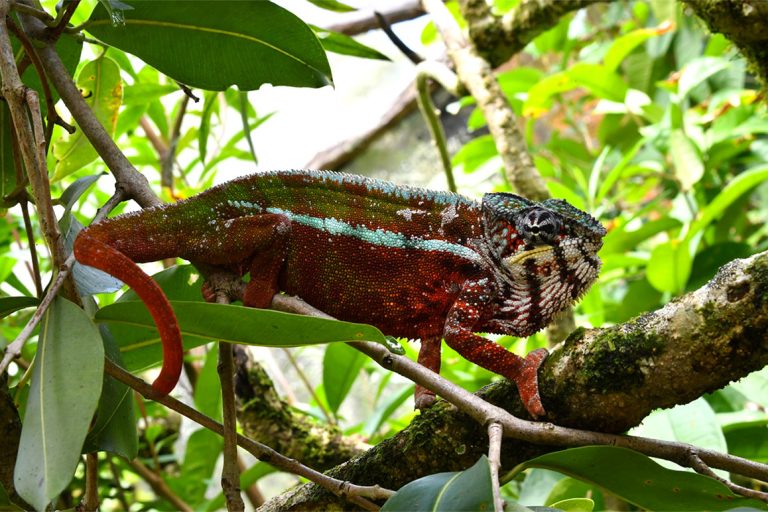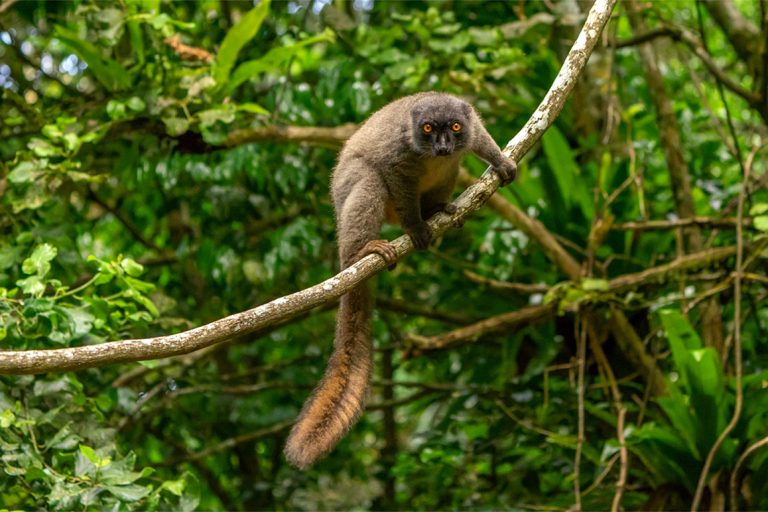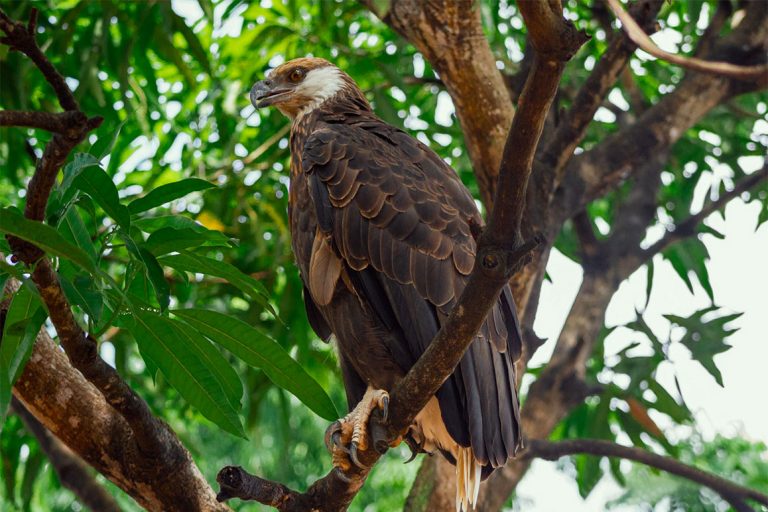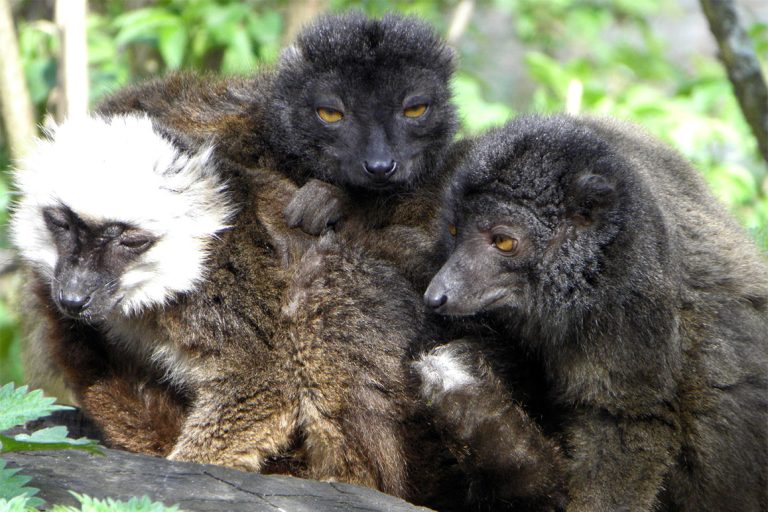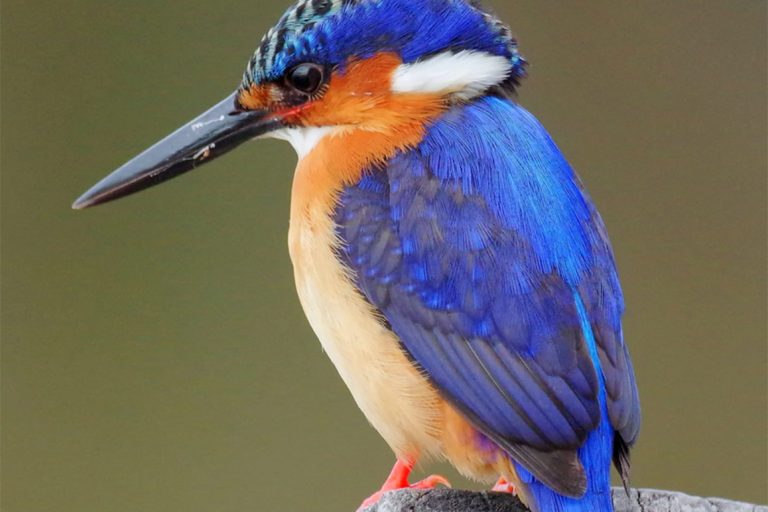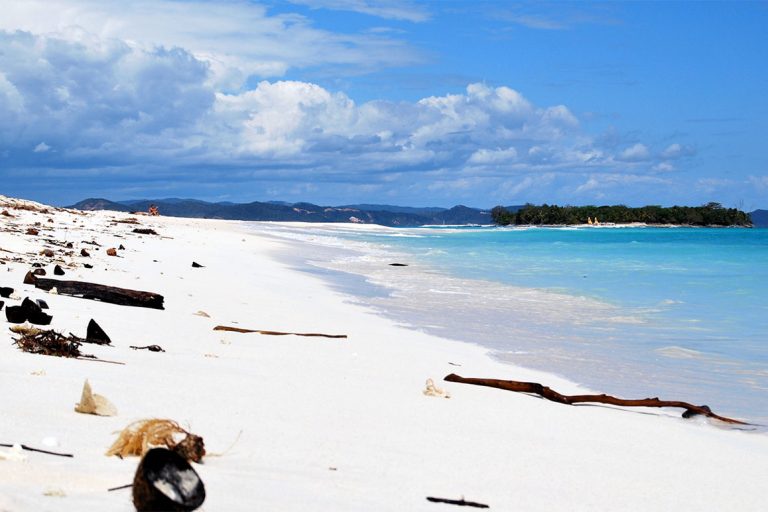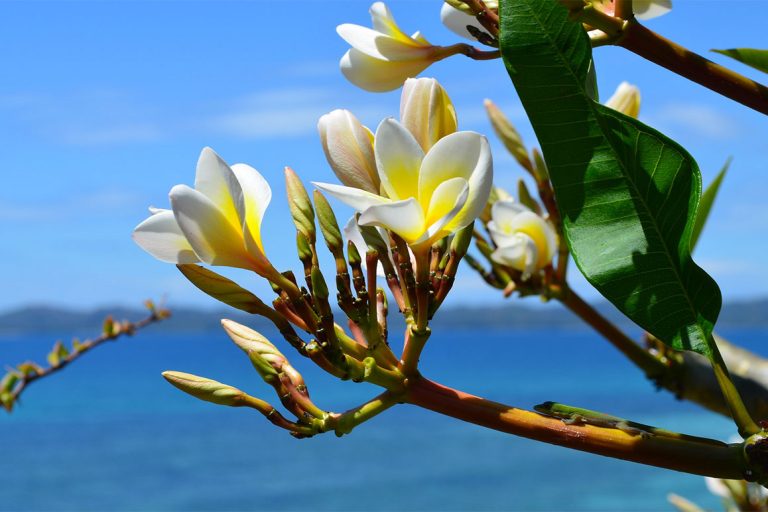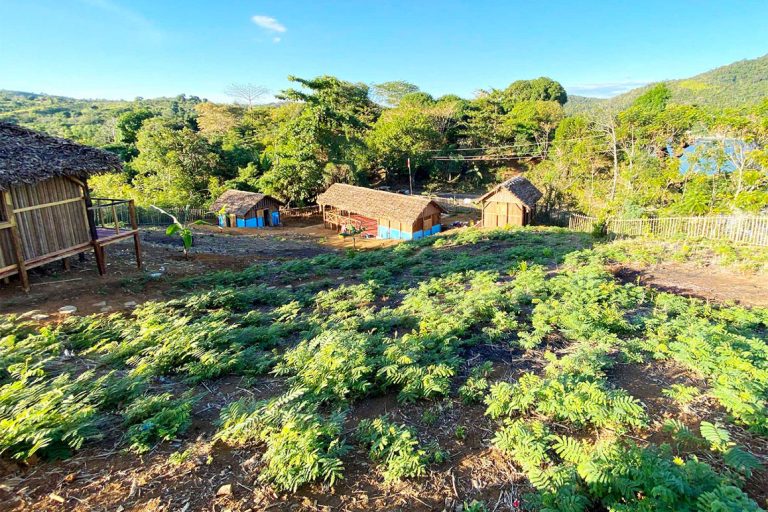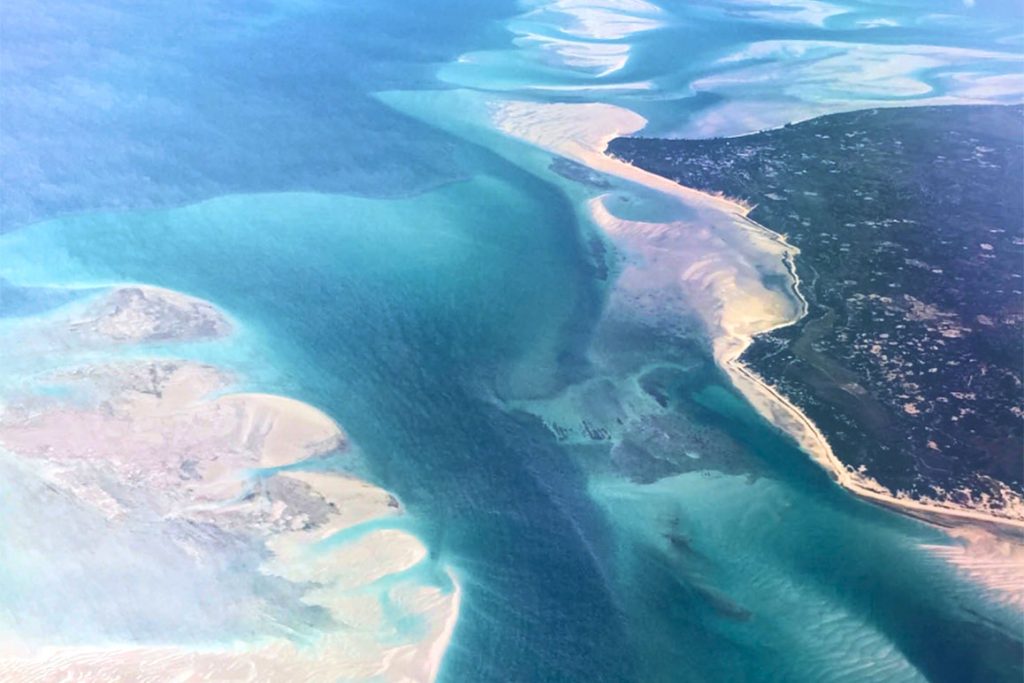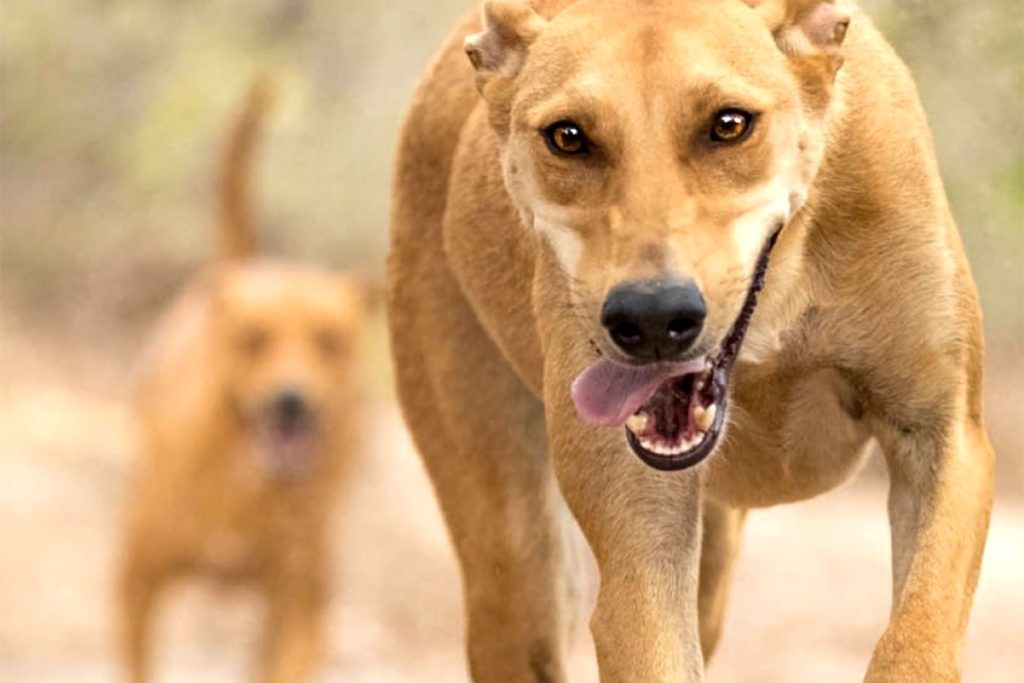- Overview
- Itinerary
- Rates
- Accommodation
- Included
- Excluded
- Flights
- Sustainability
- Gallery
Encounters of the rarest kind
On this wildlife conservation expedition to Nosy Be, Madagascar, you’ll encounter some of the world’s rarest animals and plant species, of which nearly 90% are endemic to the island. The most famous of these is the lemur. Sadly, nearly a third of lemur species are critically endangered and nearly all are threatened with extinction. This makes lemurs the earth’s most at-risk group of mammals.
You’ll participate in conservation research of three endangered species of lemur, including one of the smallest primates on the planet, the Nosy Be mouse lemur, and the Hawks’ sportive lemur which is found only in the Lokobe Reserve and nowhere else on Earth. You’ll work alongside our partner, Madagascar National Parks, to try and gain an understanding of the behaviour and ecology of these species, by collecting data on various factors ranging from population numbers to the potential food sources of the species.
Visit rare locations
During this expedition, you’ll visit Lokobe National Park, the only remaining old-growth rainforest on the island of Nosy Be. You’ll assist in surveys of the forest both during the day and at night, recording what lemur behaviour you observe. On your surveys you’ll also record sightings of the panther chameleon, a striking, frequently poached creature, as well as one of the smallest frogs and one of the smallest chameleons in the world, both of which are endangered. Sightings of the many butterfly species found here are also common.
When you aren’t engaged in conservation work, you'll also visit the protected beach and marine area bordering the forest. Here, you can swim, snorkel or dive in the warm waters surrounded by vibrant corals, tropical fish, sea turtles and dolphins.
What to expect on this unique rare species expedition
On this 8 day, 7 night expedition, you'll join conservation research teams in protecting rare and critically endangered species. Here’s a glimpse of what you can expect:
- Conservation adventure: Track and record rare species, including black lemurs, panther chameleons and dwarf chameleons.
- Discover biodiversity: Immerse yourself in three diverse, species-rich ecosystems – rainforest, ocean and tropical coast – in one location.
- Be part of the real deal: Contribute to ongoing environmental projects that address critical challenges aligned to the SDGs (United Nations Sustainable Development Goals).
- Join ethical initiatives: Collaborate with local conservation partners and qualified professionals to ensure your efforts are ethical, meaningful and sustainable.
- Experience unreal adventures: Venture outside typical travel itineraries to get exclusive access to extraordinary remote habitats, rare species and unique ecosystems.
- Make friends for life: Share epic experiences with like-minded changemakers from all over the globe, sharing adventures and working together to protect our planet.
- Enjoy a hassle-free, safe trip: With expert local staff and 24/7 support every step of the way, you can relax and enjoy the experience stress-free.
- Take a break: Disconnect from the digital world and reconnect with nature, yourself, and your purpose.
Exclusive activities
Examples of our partners exclusive activities that you could participate in during this expedition include:
- Track and sign: Learn to track wildlife through the Madagascan rainforest using several key techniques.
- Lemur surveys: Conduct surveys to help protect critically endangered lemurs. Record observations on population density, feeding habits and food abundance.
- Bird conservation: Undertake bird point counts to assess what bird species are found within the reserve and what species frequent the reserve on a non-permanent basis.
- Biodiversity surveys: Conduct forest surveys focused on biodiversity of the area, including on key focus populations of amphibians, birds, mammals and reptiles.
- Environmental education: Attend workshops on environmental education and conservation through local community outreach initiatives.
- English classes: Work with local guides and rangers to help them develop their English language skills with a focus and conservation and ecology.
See the itinerary for an example of what you can look forward to >
Physical rating: 4/5.
Moderate physical activities are included and a good level of fitness is required.
No two days are the same in Madagascar
Each day holds its own suspense, adventure and surprises. But one thing is guaranteed – magic. Every day on your expedition will be a combination of exciting conservation research experiences, and relaxation. Greet each sunrise with a hot cup of coffee or tea. Head out for your morning activity, then enjoy breakfast back at the base followed by free time at your accommodation to lounge around, read a book or take a nap. At the end of each day, you’ll enjoy a delicious meal together and sit around the campfire to share stories under the stars.
The actual itinerary for this expedition will be structured around your required dates after submitting the enquiry form. Below is an example of a typical day in Nosy Be and the activities and project work that you might get involved in on this Expedition.
Itineraries
06:00
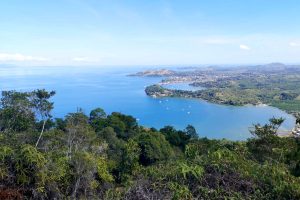
Take in the morning views and fresh sea air. If you’re an early riser you can enjoy a walk, run, or swim before breakfast.
06:30
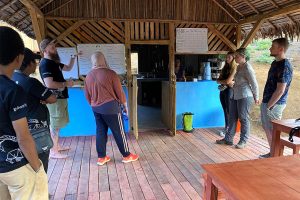
Prepare and enjoy breakfast with the team. After breakfast, everyone meets for the daily update.
07:00
07:00
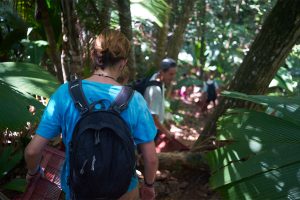
Join the research team for a hike through the nearby forest and hills of Lokobe National Park to collect data on focus species and biodiversity.
12:30

Lunch is enjoyed as a group. The delicious Malagasy meals are prepared by a local
cook.
13:00
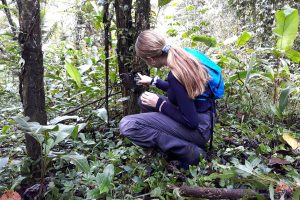
Attend training on conservation or communities work or assist volunteer interns with their research projects.
15:30

After a refreshment break, continue with project work, attend environmental awareness workshops, or assist with teaching English to local community members.
18:30
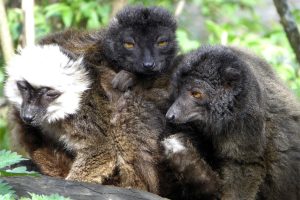
Enjoy a meal together while discussing the work you participated in today and its impact on the environment and local community.
19:30
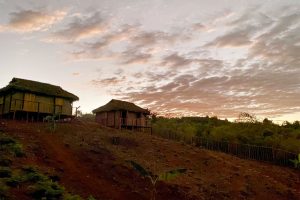
Time to relax and socialise with your new friends. On some evenings, head out to take part in nocturnal surveys.
$2,495* per person for the full duration
*Valid to December 30, 2024. This daily rate is an indication only as prices may vary according to your specific requirements. A quotation for this trip will be emailed to you after submitting the Trip Enquiry.
2025 rate: $2,645 per person - valid January 01 to December 30, 2025.
Terms: All bookings are subject to availability and single supplements may apply.
Your accommodation options will be confirmed after enquiry but will most likely be at Les Bungalows d’Ambonara guesthouse, a 10-minute drive from GVI's base (local taxi required, no walking).

These comfortable rooms offer a double bed, Wi-Fi, a fan and a private en-suite bathroom with hot water and a flushing toilet. Additionally, the guesthouse boasts a swimming pool and restaurant, although meals are provided free of charge on the base.
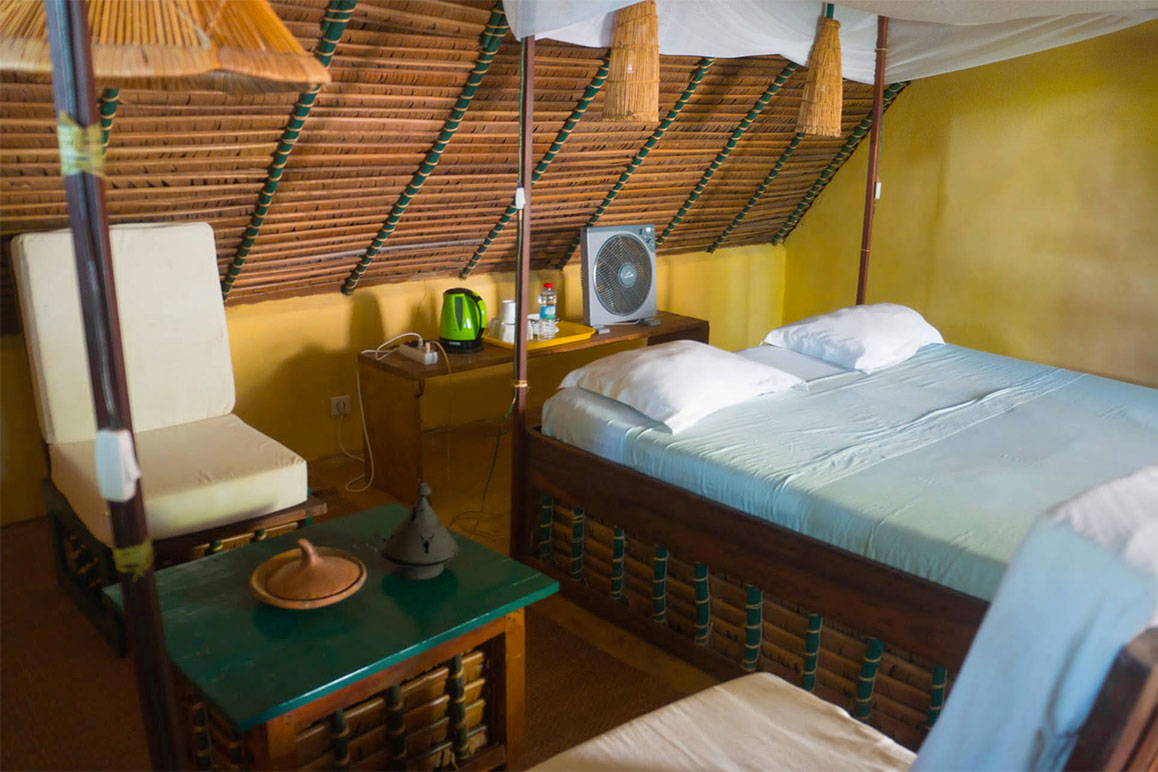
GVI Nosy Be island Research Base
GVI's base on Nosy Be island – also known as the “Perfumed Island” because of its ylang-ylang plantations, which give off a beautiful floral scent during their flowering season, is a stone’s throw from the beach.
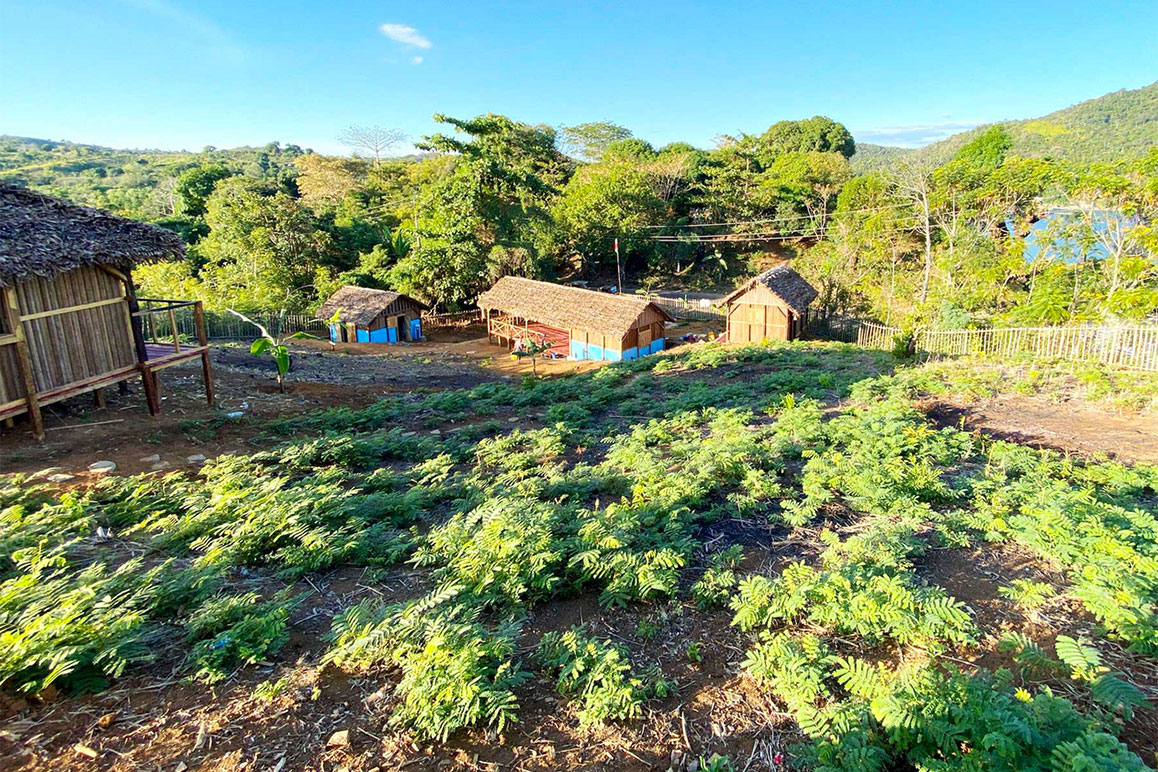
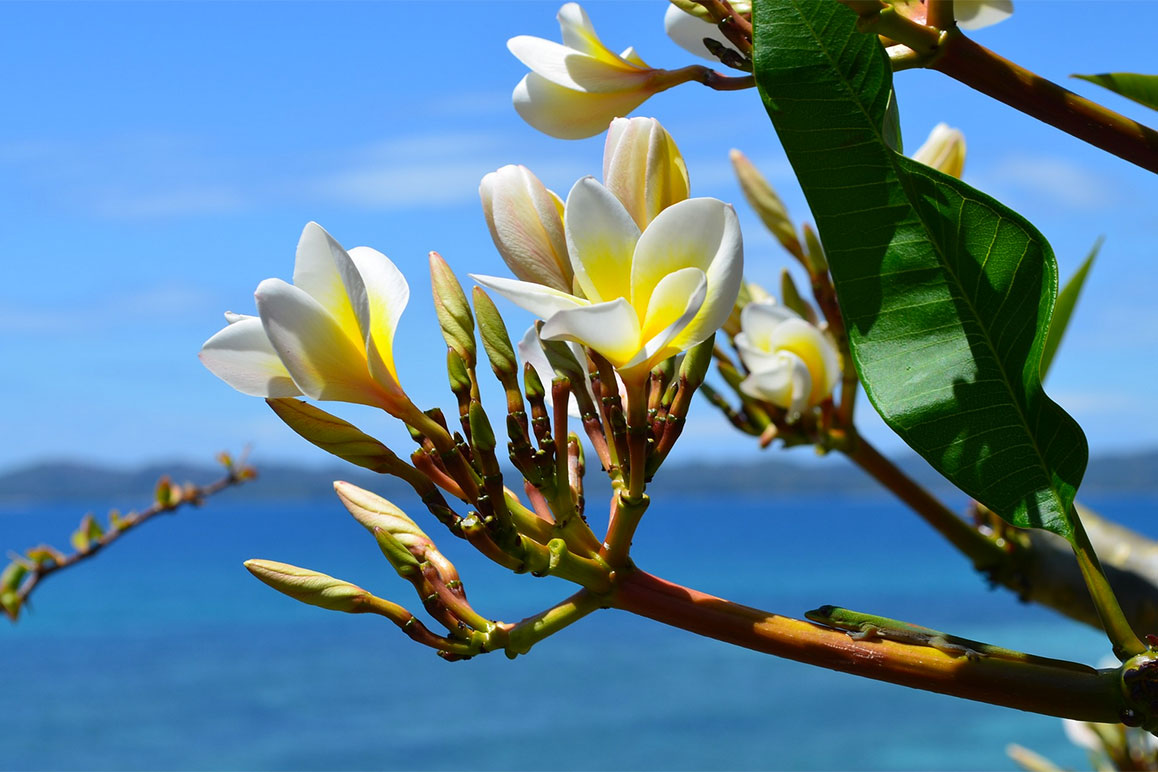
- Conservation activities
- All project equipment
- GVI Experiences
- Accommodation (see tab)
- All Meals
- Pre-departure support
- 24-hour Emergency desk
- Arrival and departure transfers.
- Flights (see tab to book flights)
- Visas
- Vaccines
- Medical insurance
- Travel insurance
- Personal belongings insurance
- Cancellation insurance
- Personal gear and kit
- Soft drinks and alcoholic beverages
- Additional spending money
- Gratuities.
You will need to book your own flights to and from Fascene International Airport (NOS) on the island of Nosy Be, just off the northwest coast of Madagascar. Our handy airline aggregator will find the best seat prices for your dates.
Note:
- We strongly advise waiting to book your flight until your Expedition trip is confirmed, as we need a minimum number of participants to proceed.
- You can always come back to this tab and book flights later.
- If you decide to book flights earlier, please opt for flexible tickets to accommodate potential changes.
- If you use this service delivered by Travelstart and / or if you buy your ticket through this portal you are agreeing to the Travelstart Privacy Policy and Terms and Conditions. Your agreement regarding flights will be between you and Travelstart or as per their terms and conditions.
- As we are providing this flight portal as a service, neither Naturecrazi or our partner GVI will be responsible for any loss, damage (including loss of profits or consequential damages), injury, illness, harm or death in relation to your flight and travel arrangements.
Sustainable Development Impact
While the United Nations Sustainable Development Goals (SDGs) are global concerns, and not aimed specifically at the travel and tourism industry, target 8.9 of the 2030 Agenda aims to "by 2030, devise and implement policies to promote sustainable tourism that creates jobs and promotes local culture and products". In this regard, tourism has the potential to contribute, directly or indirectly to all 17 SDGs.

Travel with Purpose
GVI Global’s expeditions and volunteer programmes address all 17 SDGs. In particular, GVI prioritizes 10 critical global issues affecting both people and the planet:
- Plastic pollution and litter,
- Climate change,
- Endangered species,
- Biodiversity loss,
- Sustainability,
- Early childhood development,
- Education for both children and adults,
- Gender equality,
- Health, and
- Justice, equity diversity, and inclusion.
Considering the track history and documented evidence of GVI's commitments to conservation and community upliftment, Naturecrazi considers their respective SDG "qualifying criteria" as follows:
- SDG 1: Creates fixed term and permanent job opportunities for local communities and aims to support people harmed by climate-related extreme events and other economic, social, and environmental shocks and disasters.
- SDG 2: Aims to end hunger, achieve food security, improve nutrition, and promote sustainable agriculture.
- SDG 3: Ensures healthy lives and promotes well-being for all at all ages.
- SDG 4: Contributes to sustainable local community development through education programs and research.
- SDG 5: Aims to achieve gender equality by ending all forms of discrimination, violence, and any harmful practices against women and girls.
- SDG 6: Provides for careful handling and disposal of solid waste and sewage. Uses alternative, sustainable means of water acquisition and reduces water consumption.
- SDG 7: Meets its energy needs through passive design and renewable energy resources.
- SDG 8: Promotes economic growth, full and productive employment, and decent work for all.
- SDG 9: Builds resilient infrastructure, promotes sustainable industrialization, and fosters innovation.
- SDG 10: Reduces inequality within and among countries.
- SDG 11: Makes human settlements inclusive, safe, resilient, and sustainable.
- SDG 12: Encourages sustainable consumption and production patterns through various measures, including the management of materials that are toxic to the environment.
- SDG 13: Takes urgent action to combat climate change and its impacts by improving education and awareness-raising on climate change mitigation, adaptation, impact reduction and early warning.
- SDG 14: Conserves and sustainably uses the oceans, seas and marine resources for sustainable development.
- SDG 15: Conserves and rehabilitates the surrounding flora and fauna. Aims to protect, restore, and promote sustainable use of terrestrial ecosystems, sustainably manage forests, combat desertification, and halt and reverse land degradation and halt biodiversity loss.
- SDG 16: Aims to promote peaceful and inclusive societies for sustainable development, provide access to justice for all, and build effective, accountable, and inclusive institutions at all levels.
- SDG 17: Aims to strengthen the means of implementation and revitalize the global partnership for sustainable development in 2030.


